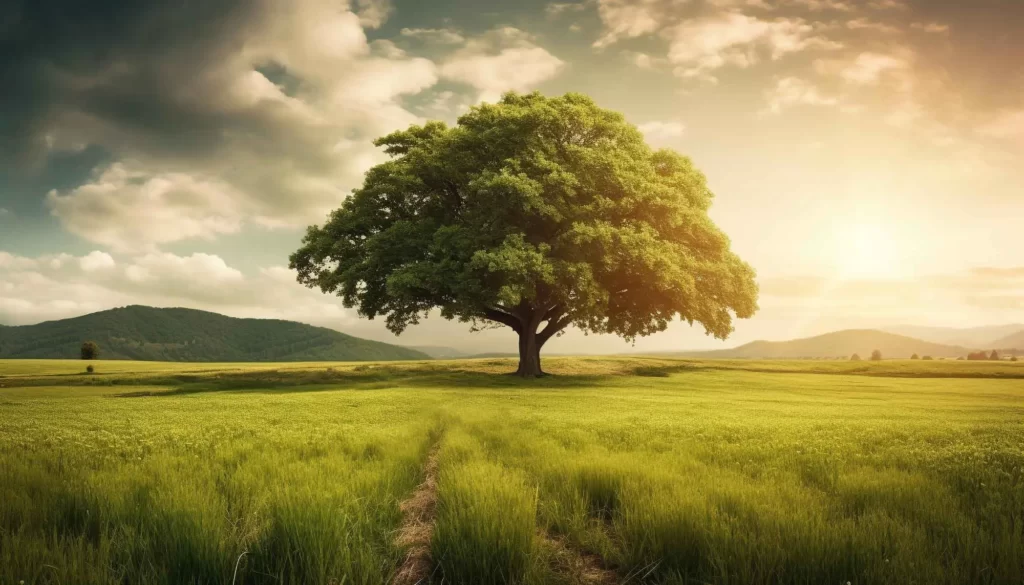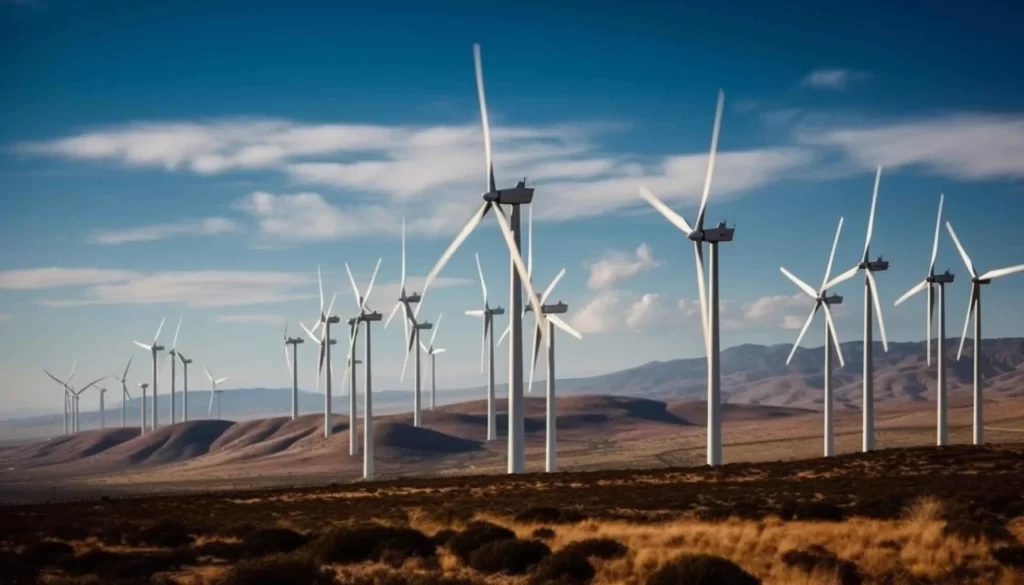
Welcome, dear reader, to the world of hydropower energy, where the force of water transforms into a sustainable source of electricity. In this blog post, we’ll take you on a journey through the flowing rivers and turbines that make this technology possible. Whether you’re an environmental enthusiast or just curious about how we generate electricity, this article will provide you with a comprehensive understanding of hydropower and its incredible benefits.
Table of Contents
Understanding Hydropower Energy: A Natural Wonder
Hydropower energy, also known as hydroelectric power, is a renewable energy source that has been used for centuries. It harnesses the energy from moving water, usually in the form of rivers or dams, to generate electricity. The concept is elegantly simple: water flows, spins a turbine, and generates electricity. Let’s explore the key components and processes involved in this fascinating system:
- The Power of Water Flow:
The heart of any hydropower plant is water. It could be a fast-flowing river or a carefully controlled reservoir. Water’s kinetic energy is the driving force behind hydropower. - The Turbine’s Role:
urbines are the machines that capture the energy from water flow. As water rushes through the turbine, it causes the blades to spin. This spinning motion converts kinetic energy into mechanical energy. - Generating Electricity:
The mechanical energy from the turbine is then used to turn a generator. Inside the generator, electromagnetic fields are manipulated, leading to the production of electrical energy.
Types of Hydropower: From Dams to Run-of-River
- Conventional Hydropower:
This involves the construction of dams and reservoirs. The stored water is released in a controlled manner to generate electricity. The Hoover Dam in the United States is a famous example of conventional hydropower. - Run-of-River Hydropower:
Unlike dams, run-of-river hydropower plants don’t store water. Instead, they use the natural flow of rivers to generate electricity. This approach has less environmental impact but may be less reliable during dry seasons. - The Green Advantages of Hydropower Energy
Now that we’ve got the mechanics down, let’s delve into why hydropower is a key player in the world of renewable energy:
The Green Advantages of Hydropower Energy
Now that we’ve got the mechanics down, let’s delve into why hydropower is a key player in the world of renewable energy:
- Environmentally Friendly:
Hydropower is one of the cleanest energy sources available. It produces minimal greenhouse gas emissions, making it a vital tool in combating climate change. - Sustainable and Reliable:
Unlike some renewable sources, like wind and solar, hydropower is consistent and reliable. Rivers flow year-round, ensuring a steady supply of electricity. - Versatility:
Hydropower can be scaled up or down to meet different energy demands. From small, local run-of-river plants to massive hydroelectric dams, it’s a versatile energy source. - Water Management:
Hydropower plants often provide benefits beyond electricity. They can help manage water resources for irrigation, flood control, and recreational activities. - Longevity:
Hydropower facilities have a long lifespan, often exceeding 50 years, making them a wise investment in sustainable energy.
Challenges and Considerations
While hydropower is undeniably advantageous, it’s essential to acknowledge some of the challenges and environmental considerations:
- Habitat Disruption:
Building dams and reservoirs can disrupt local ecosystems, affecting fish populations and water quality. - 2. Evaporation Losses:
In arid regions, large reservoirs can lose substantial amounts of water to evaporation. - 3. Aging Infrastructure:
Many existing hydropower facilities are aging and require significant maintenance and upgrades. - 4. Climate Sensitivity:
Climate change can affect water flow patterns, potentially impacting the reliability of hydropower.
Conclusion:
In conclusion, hydropower energy is a remarkable example of how humans have harnessed nature’s forces for the greater good. Its simplicity, reliability, and eco-friendliness make it a vital component of our renewable energy future.
As we continue to strive for a more sustainable world, embracing technologies like hydropower is essential. It not only reduces our carbon footprint but also ensures a steady supply of electricity for generations to come. So, the next time you turn on your lights or charge your devices, remember that you might be benefiting from the mighty power of flowing water.
Thank you for joining us on this journey through the world of hydropower energy. We hope this article has shed light on this incredible energy source and inspired you to explore further into the realm of renewable energy. Together, we can make a greener and brighter future for all.




